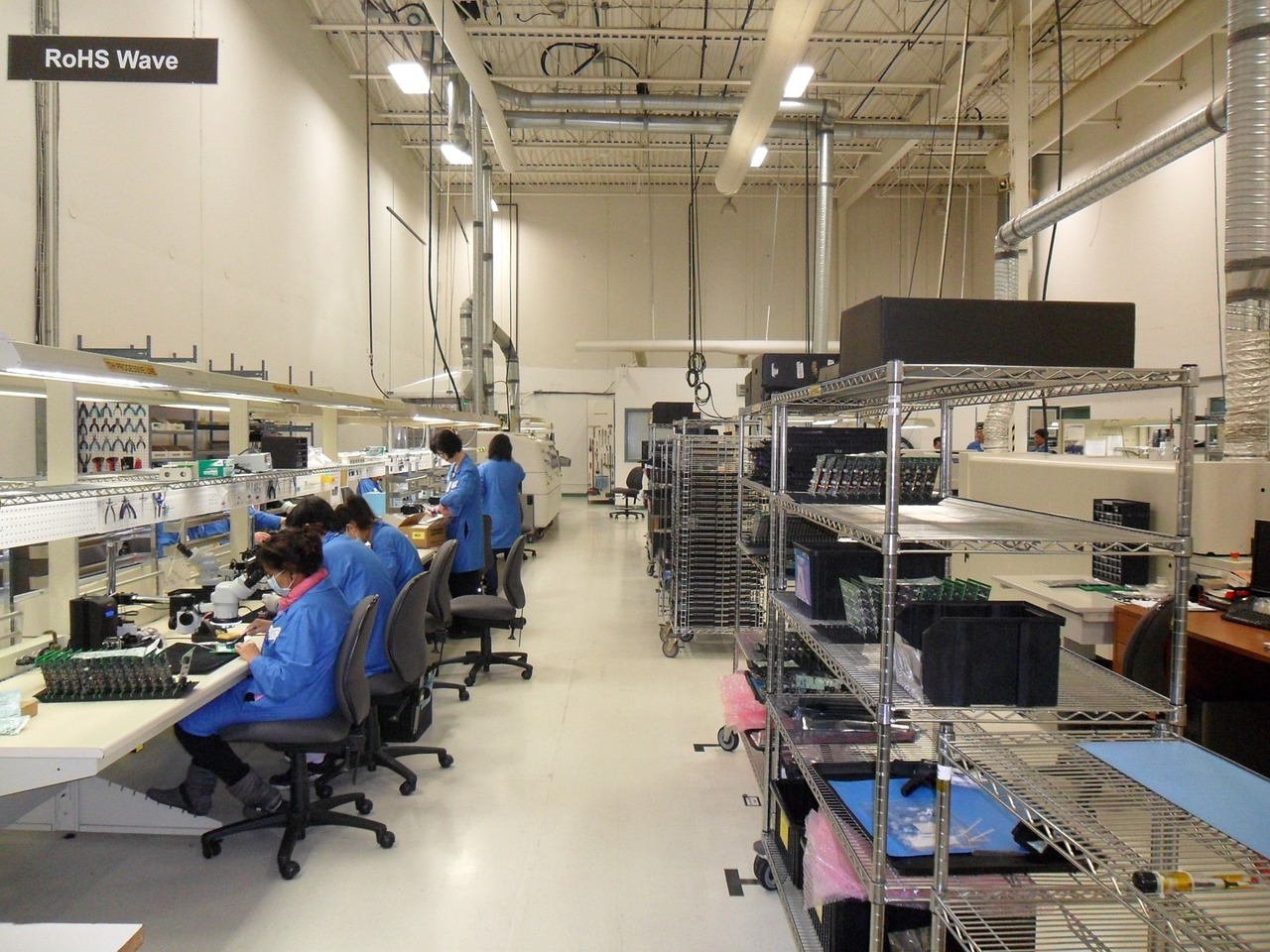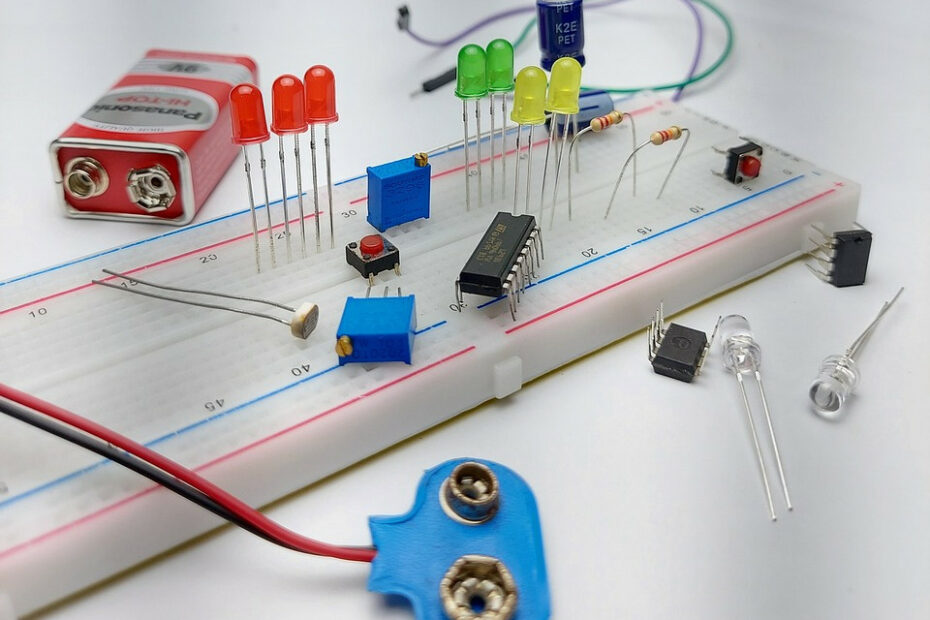For many electronics enthusiasts and hobbyists, the journey from a simple breadboard prototype to a professional-grade printed circuit board (PCB) can seem like a daunting challenge. However, making this transition is a crucial step towards enhancing the reliability, aesthetics, and durability of your electronic projects.
The benefits of using PCBs

Before delving into the transition process, it’s essential to understand why you should consider using PCBs for your projects. PCBs offer several advantages:
Reliability: PCBs are more reliable than breadboards. Connections on a breadboard can sometimes come loose or degrade over time, leading to intermittent problems. PCBs, on the other hand, provide a stable and long-lasting platform for your circuits.
Compactness: PCBs allow you to design compact circuits, making them suitable for space-constrained projects. This can be particularly important in applications like wearables and IoT devices.
Aesthetics: Professionally manufactured PCBs give your projects a clean and polished appearance, making them more presentable.
Customization: PCBs can be customized to your project’s specific needs, allowing for better integration of components and features.
Production: If you plan to replicate your project or share it with others, PCBs can be mass-produced more easily than breadboard setups.
Now, let’s walk through the steps of transitioning from a breadboard to a PCB.
Step 1: Design your PCB
Designing your PCB is the first and most critical step in the transition process. Several software tools can help you create PCB layouts, such as Eagle, KiCad, Altium Designer, and EasyEDA. Here are some key considerations:
Schematic Design: Begin by creating a schematic of your circuit. This visual representation will guide the PCB layout.
Component placement: Arrange components strategically to optimize the layout for compactness and efficient signal flow.
Routing: Use the PCB design software to route traces that connect the components. Ensure proper spacing and avoid overlapping traces to prevent short circuits.
Layers: Modern PCBs often have multiple layers. Decide how many layers your design requires. More layers allow for more complex circuits but can be costlier to manufacture.
Ground plane: Include a ground plane to enhance signal integrity and reduce interference.
Step 2: Choose a fabrication service

Once you have your PCB design ready, it’s time to choose a fabrication service to turn your design into a physical PCB. Several online services, like JLCPCB, PCBWay, and OSH Park, offer affordable PCB manufacturing. Upload your design files, specify your preferences (e.g., the number of layers, material type), and place your order.
Step 3: Assembly
After receiving your manufactured PCBs, you need to assemble the components. Soldering surface-mount devices (SMDs) can be challenging, but with practice, it becomes manageable. Here are some tips for a successful assembly:
Quality components: Use high-quality components to ensure a reliable and long-lasting circuit.
Soldering tools: Invest in good soldering equipment, including a soldering iron, solder, flux, and a magnifying glass if needed.
SMD soldering: Be patient and meticulous when soldering SMD components. Consider using solder paste and reflow techniques for better results.
Step 4: Testing and debugging
Before closing the enclosure, thoroughly test your PCB for functionality. Use a multimeter and an oscilloscope to check for any shorts, open circuits, or anomalies. Debugging is a critical part of the process.
Step 5: Enclosure and finishing touches
To complete the transition, consider enclosing your PCB in a suitable case or enclosure. This not only protects the circuit but also enhances its aesthetic appeal. You can 3D print or purchase enclosures for your specific project.
Conclusion
Transitioning from a breadboard prototype to a professionally manufactured PCB is a significant step in elevating your electronic projects. While it may seem intimidating at first, with the right tools, software, and techniques, the process becomes manageable and rewarding. PCBs offer increased reliability, compactness, and an aesthetically pleasing finish, making them a valuable investment for any electronics hobbyist. So, embrace the challenge, practice, and enjoy the benefits of taking your projects to the next level.
